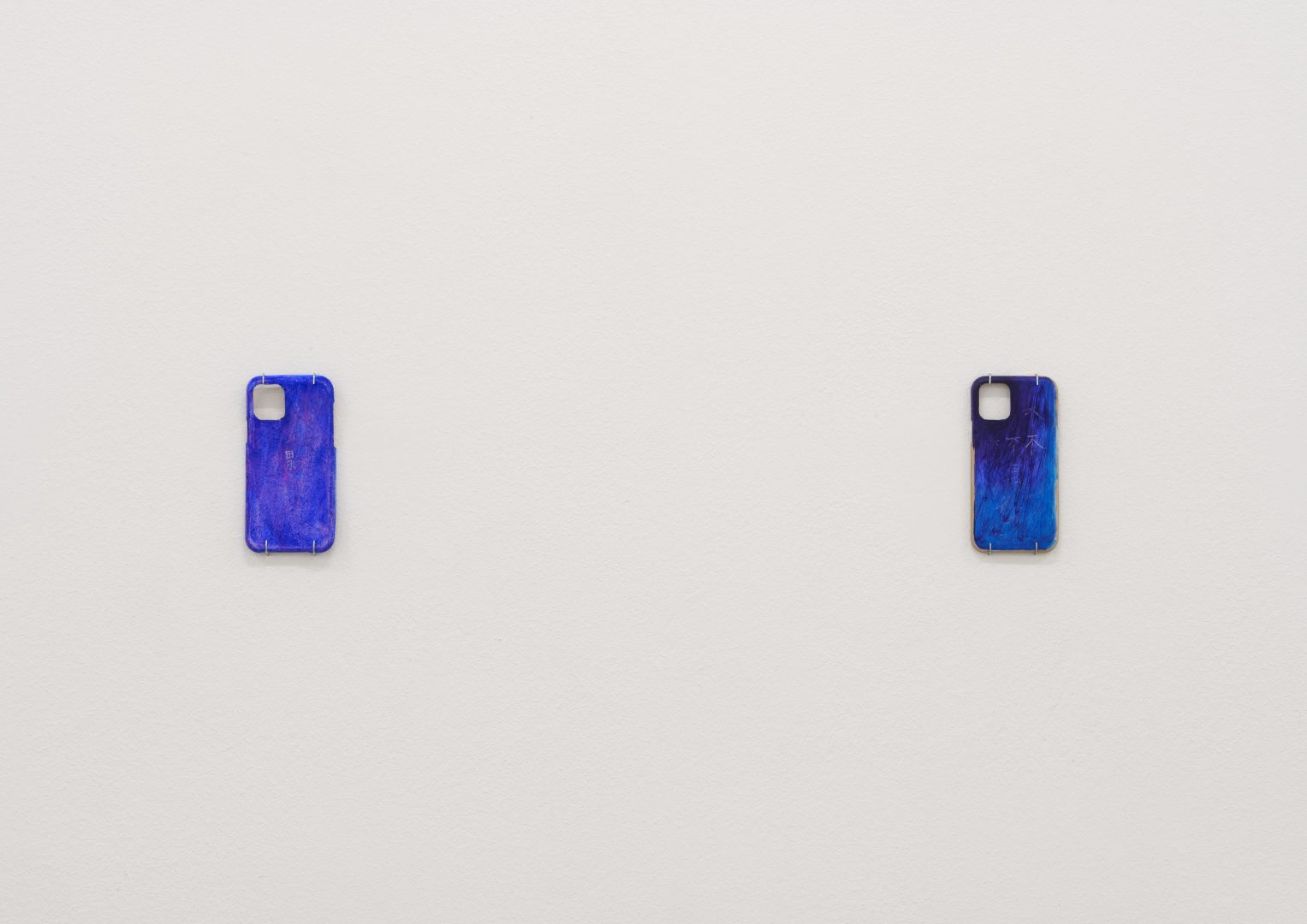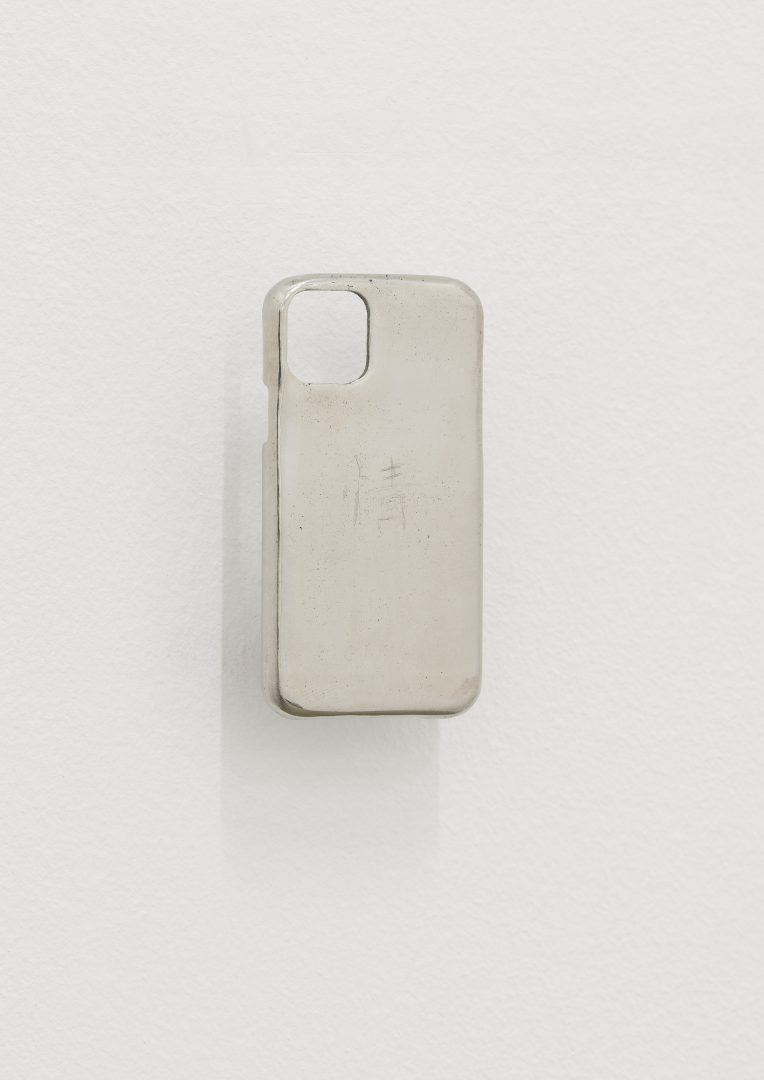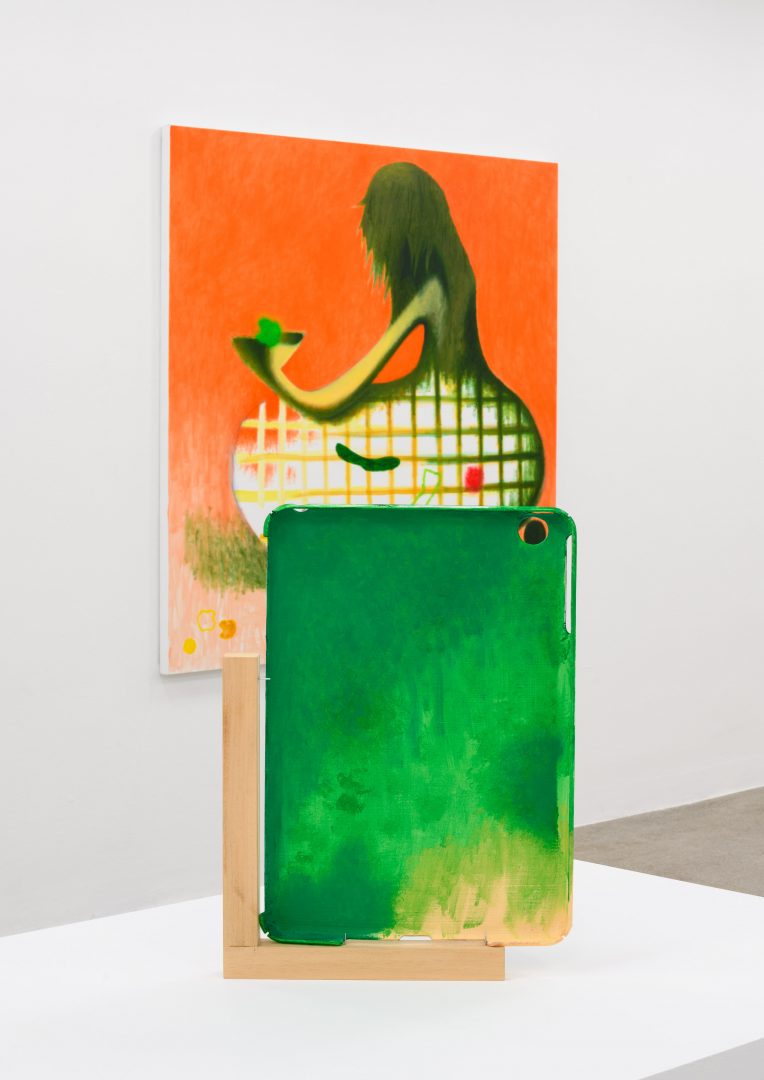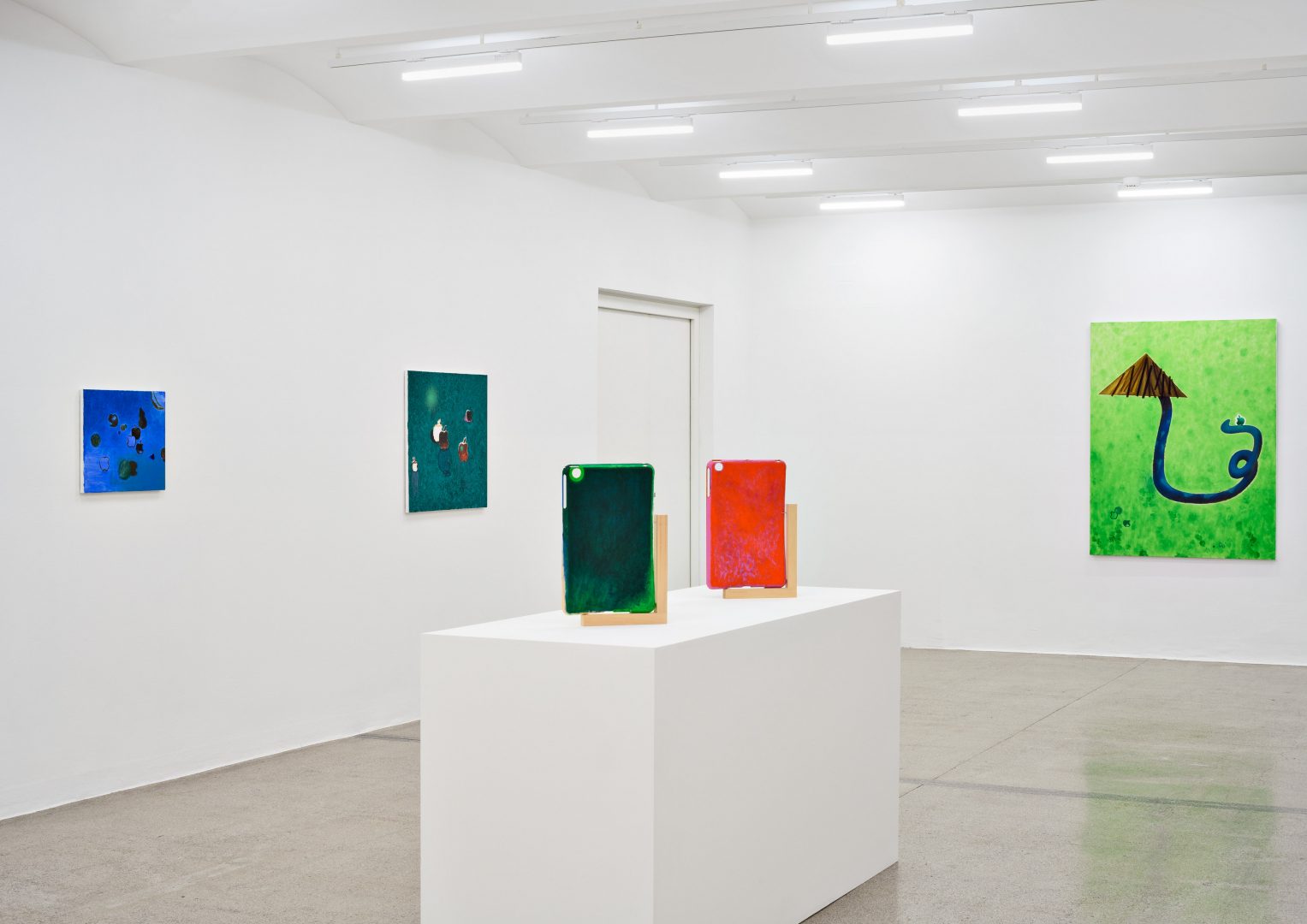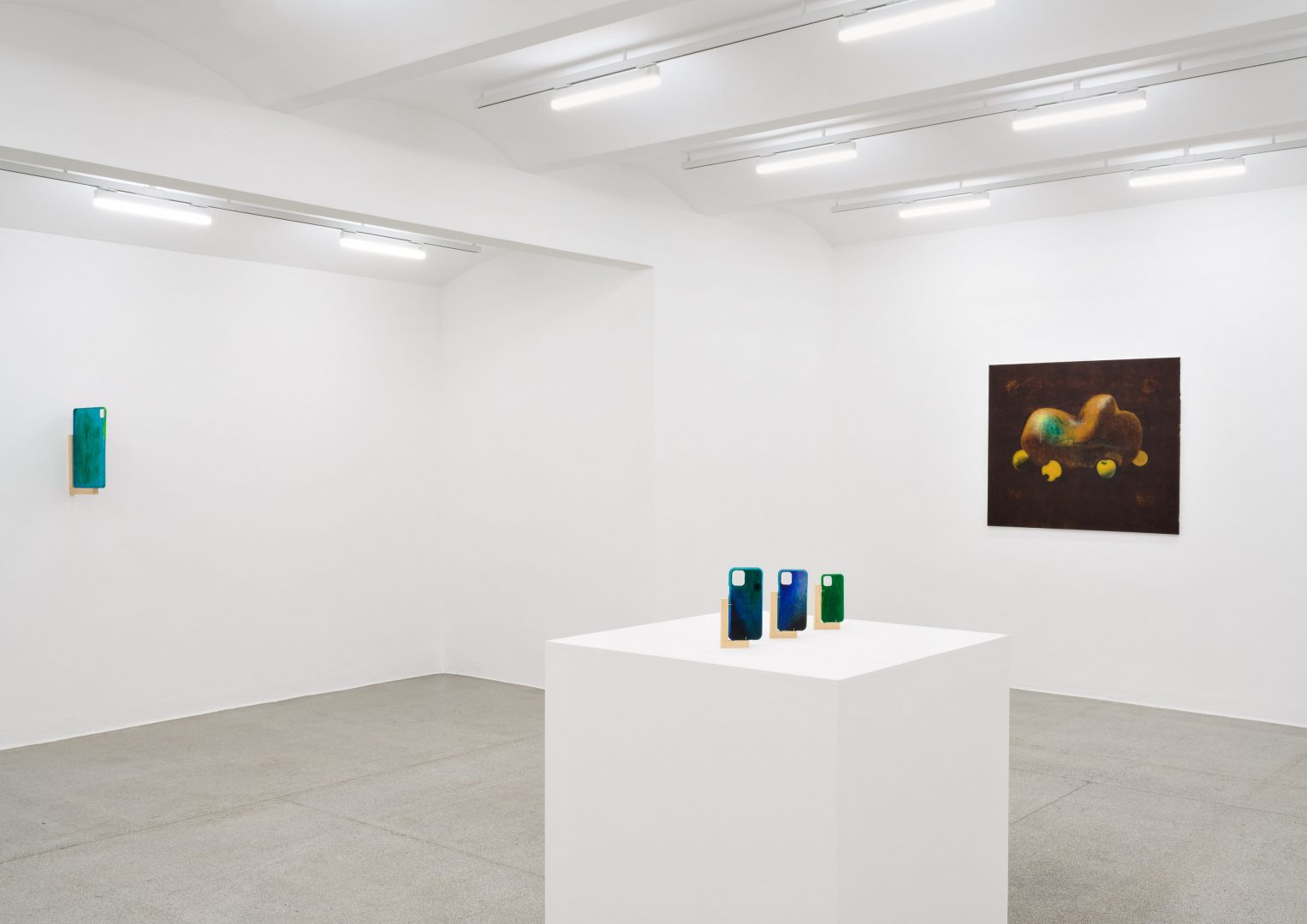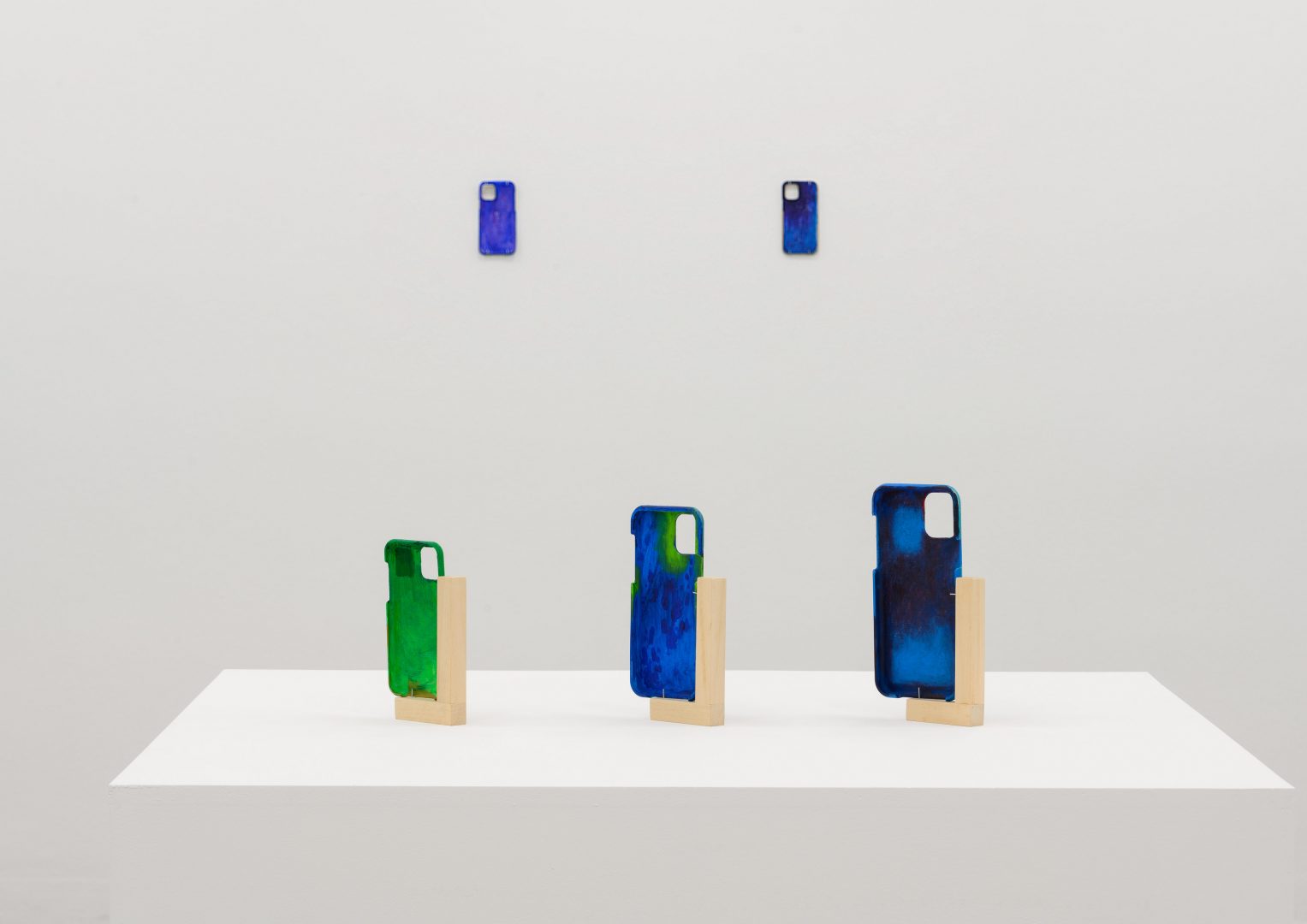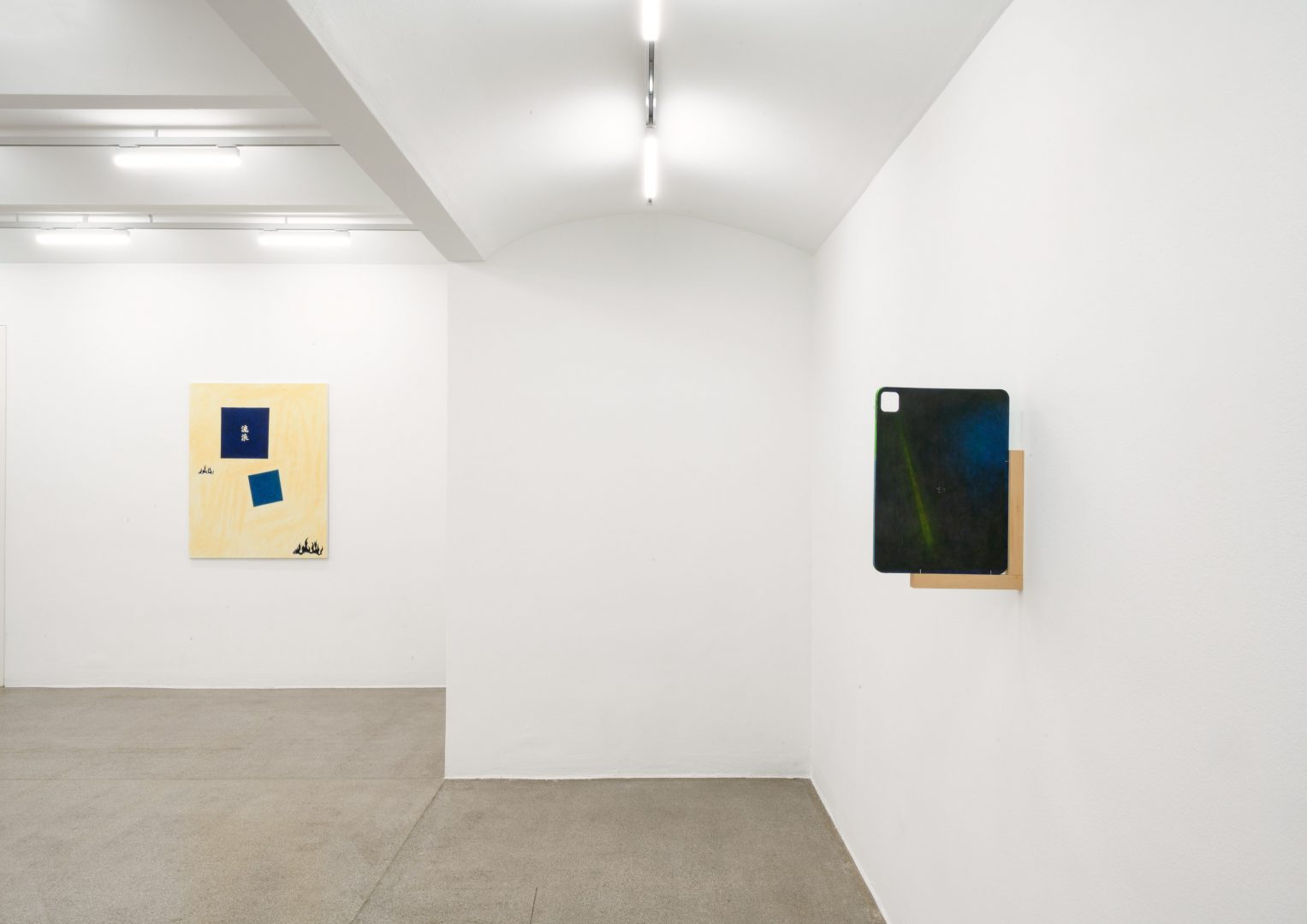2024.06.21-2024.09.08
Zhou Siwei | I Sold What I Grow @ Seccession
Antenna Space is pleased to announce the solo exhibition “I Sold What I Grow” by Zhou Siwei at the Secession in Vienna. The exhibition will run from June 21, 2024 to September 8, 2024.
Zhou Siwei translates the contradictions of living and working in contemporary China into playful, personally fragmented and nonlinear works on canvas and painted objects. Probing the ambivalence of digital technologies, the unceasing global traffic in goods, and the sleeplessness of the late-capitalist era, Zhou interweaves diverse visual and cultural influences in ways that make everyday items and signs feel at once familiar and alien, accommodating a wide range of interpretations.

APPLE (EV SLEEP naked) ,2021 – 2023
Oil color on linen,100 x 120 cm
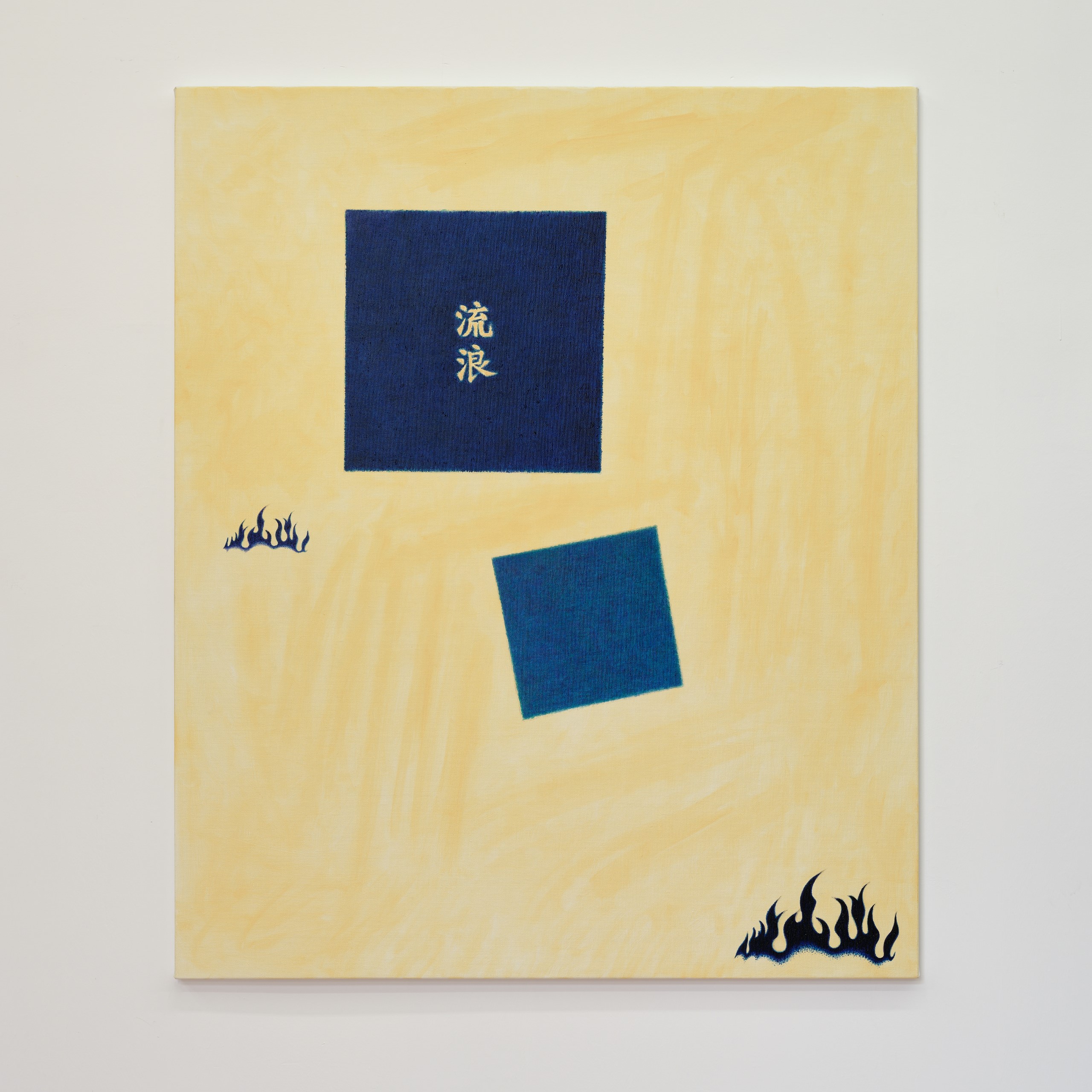
Tattoo (Drifting Flame Malevich),2023
Oil color on linen, 120 x 100 cm
–
Original Text from: Damian Lentini
Images courtesy of the artist, Seccession, Iris Ranzinger and Antenna Space.
Translated by Shiyi Ruan and Yathang Ng
Installation Views
Artworks
-
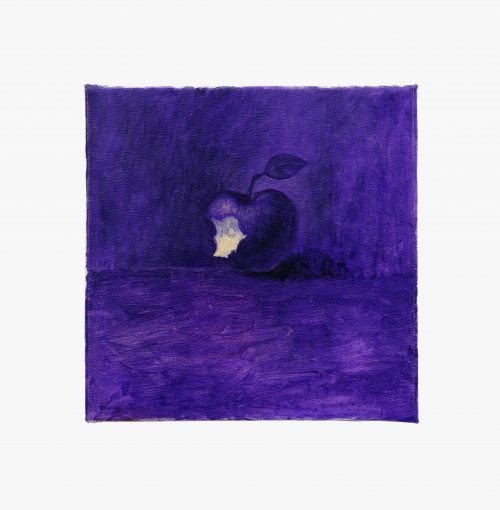
Zhou Siwei, Apple 04, 2024
Oil color on linen
20 x 20 cm作品信息Information -
Village-Apple-5G-Wind-03-500x398.jpg)
Zhou Siwei, Village (Apple, 5G, Wind), 2023
Oil color on Linen
200 x 250 cm作品信息Information -

Zhou Siwei, Apple 05 (Ten CNY for 1.5kg), 2023
Oil color on Linen
40 x 50 cm作品信息Information -
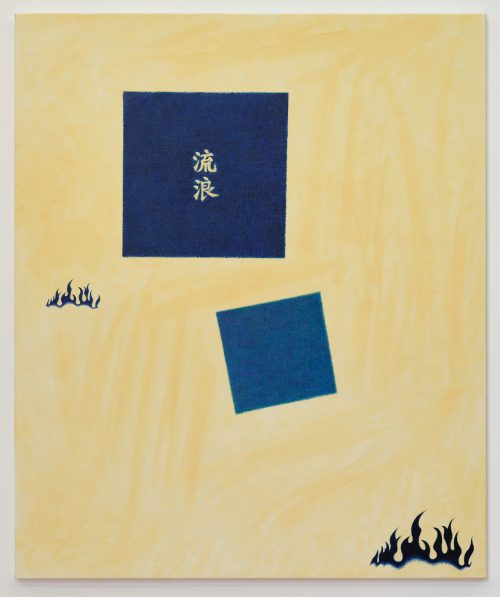
Zhou Siwei, Tattoo (Drifting Flame Malevich), 2023
Oil color on linens
120 x 100 cm作品信息Information -

Zhou Siwei, APPLE (EV SLEEP naked), 2021-2023
Oil color on linen
100 x 120 cm作品信息Information -
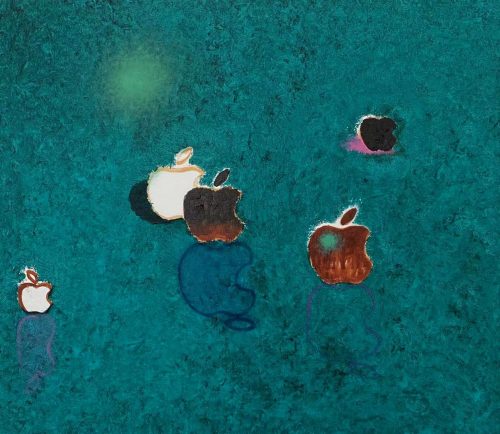
Zhou Siwei, Apple 01, 2021
Oil on canvas
70 x 80 cm作品信息Information -
-03-500x498.jpg)
Zhou Siwei, Bamboo Basket (I SOLD WHAT I GROW), 2024
Oil color on Linen
150 x 150 cm作品信息Information -
-Snake-East-Asia-Farmer-03-500x617.jpg)
Zhou Siwei, Snake (East Asia Farmer), 2024
Oil color on Linen
150 x 122 cm作品信息Information -
Thief-bamboo-fence-03-500x626.jpg)
Zhou Siwei, Thief (bamboo fence), 2024
Oil color on Linen
200 x 150 cm作品信息Information -
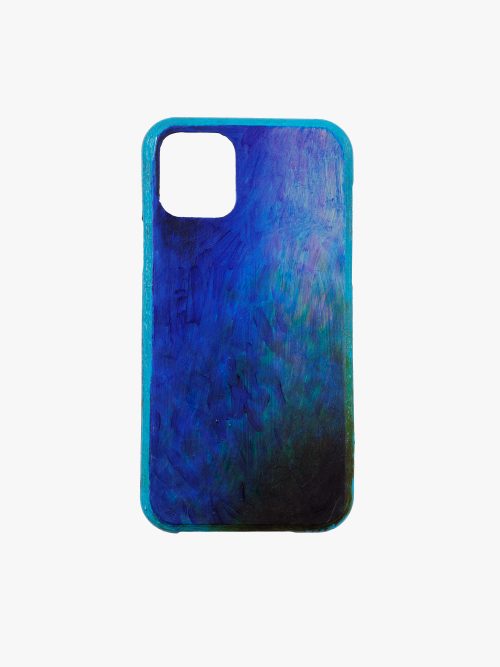
Zhou Siwei, iPhone Cover 1, 2024
PLA 5, putty for modeling, acrylic,oil color
9.5 x 18.4 x 1.2 cm
作品信息Information -
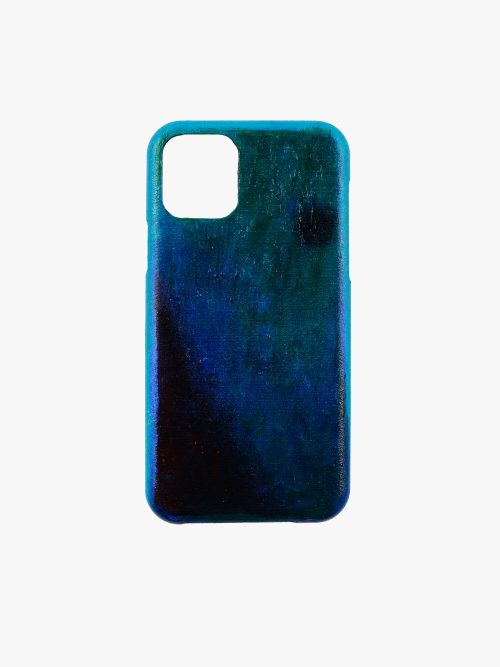
Zhou Siwei, iPhone Cover 2, 2024
3D Printing Nylon, putty for modeling, acrylic,oil color
10.2 x 20 x 1.3 cm
作品信息Information -
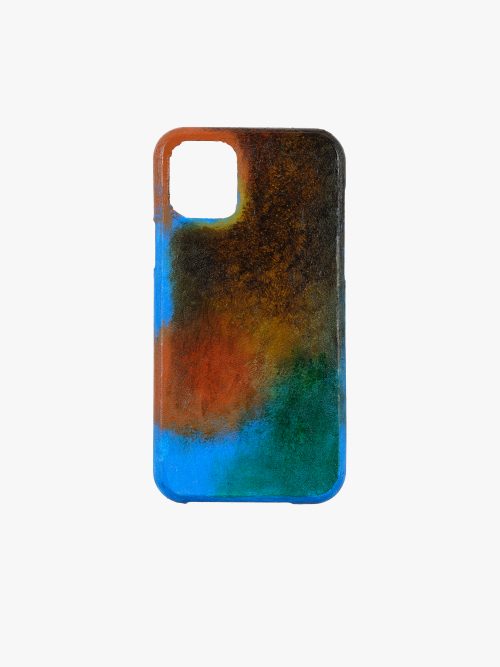
Zhou Siwei, iPhone Cover 3, 2024
PLA 5, putty for modeling, acrylic,oil color
7.6 x 14.8 x 0.8 cm
作品信息Information -

Zhou Siwei, iPhone Cover 4, 2024
3D Printing Nylon, putty for modeling, acrylic, oil color
7.6 x 14.8 x 0.8 cm
作品信息Information -
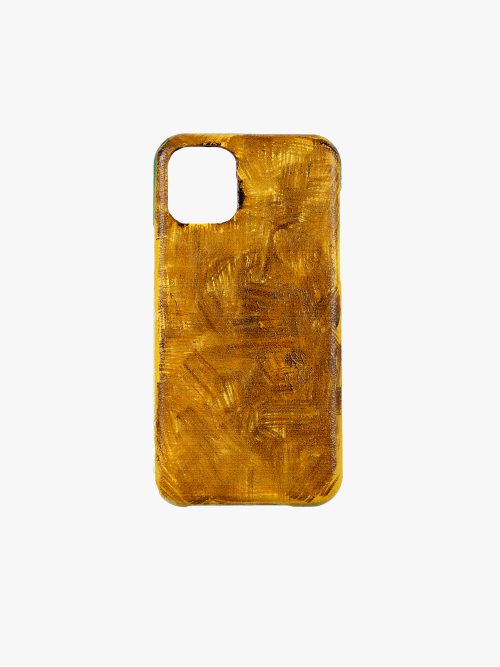
Zhou Siwei, iPhone Cover 5, 2024
3D Printing Nylon, putty for modeling, acrylic, oil color
7.6 x 14.8 x 0.8 cm
作品信息Information -

Zhou Siwei, iPhone Cover 6, 2024
PLA 5, putty for modeling, acrylic, oil color
7.6 x 14.8 x 0.8 cm
作品信息Information -
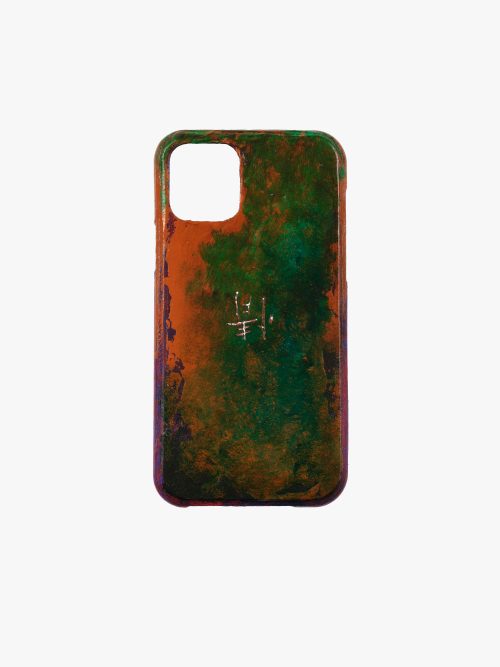
Zhou Siwei, iPhone Cover 7, 2024
PLA 5, putty for modeling, acrylic,oil color
7.6 x 14.8 x 0.8 cm
作品信息Information -
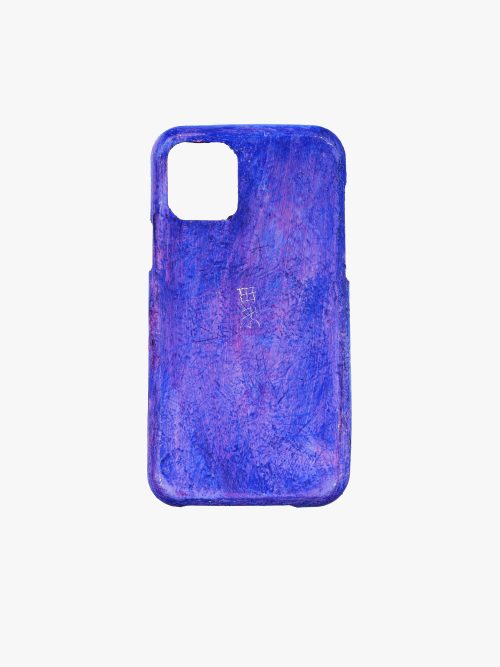
Zhou Siwei, iPhone Cover 8, 2024
PLA 5, putty for modeling, acrylic,oil color
7.6 x 14.8 x 0.8 cm
作品信息Information -
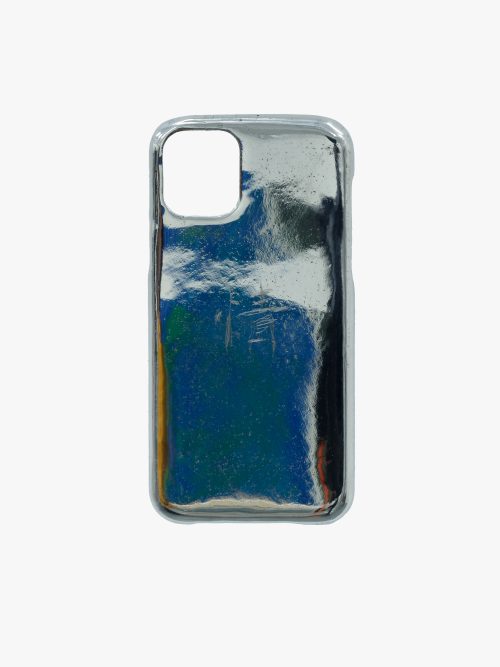
Zhou Siwei, iPhone Cover 9, 2024
3D pringting stainless steel
3.6 x 7 x 0.4 cm
作品信息Information -
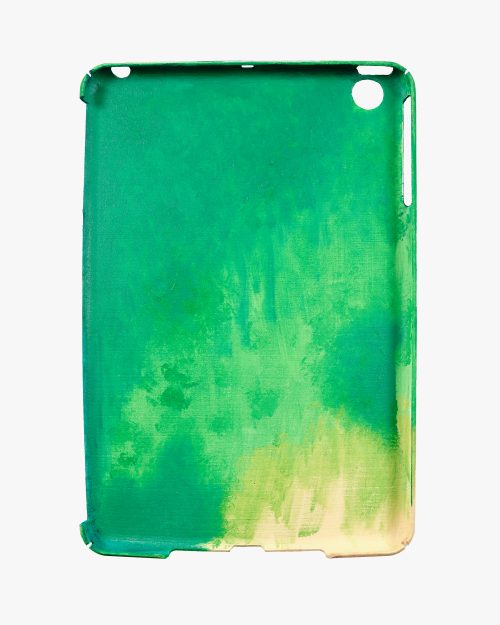
Zhou Siwei, iPad Cover 1, 2024
3D Printing Nylon, putty for modeling, acrylic, oil color
27.8 x 41 x 1.9 cm
作品信息Information -
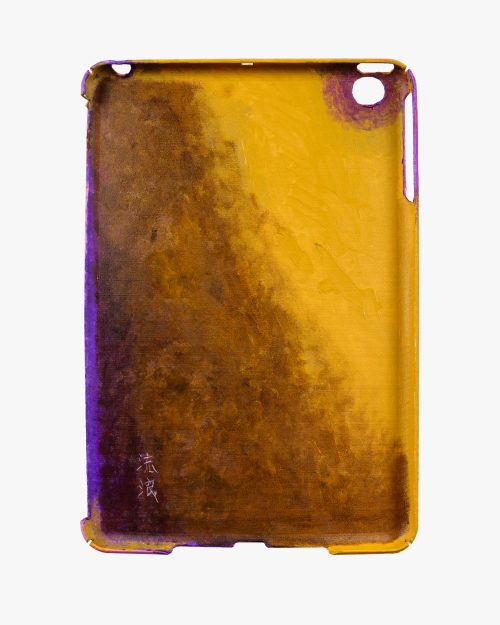
Zhou Siwei, iPad Cover 2, 2024
3D Printing Nylon, putty for modeling, acrylic, oil color
27.8 x 41 x 1.9 cm
作品信息Information -
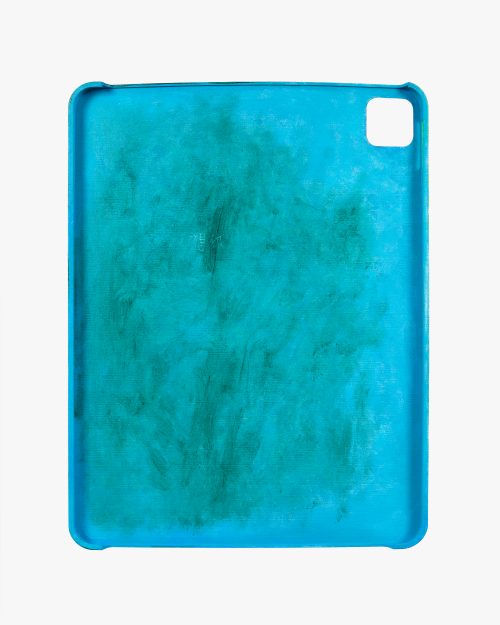
Zhou Siwei, iPad Cover 3, 2024
3D Printing Nylon, putty for modeling, acrylic, oil color
30.8 x 40.2 x 1.3cm
作品信息Information

